Chicgoua Noubactep, Associate Professor, University of Göttingen, Germany, has the dream of treating water for the whole world
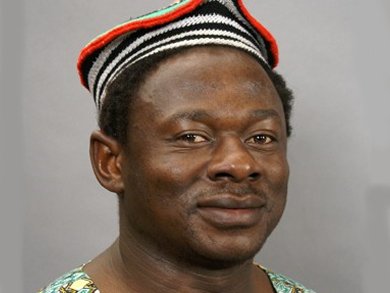
Safe Drinking Water: Solutions and Challenges
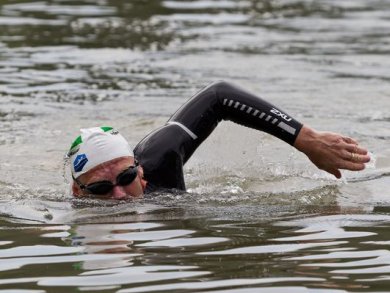
Swimming Chemistry Professor
An interview with a chemistry professor who used his athletic skills to raise funds for a research project
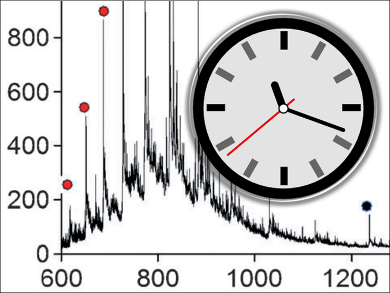
Time-Resolved Mass Spectrometry
Mechanistic characterization of dynamic biological processes with an improved continuous-flow mixing apparatus

Most Accessed Articles: July 2014
Read the most-accessed ChemPubSoc Europe and GDCh journal articles for July 2014
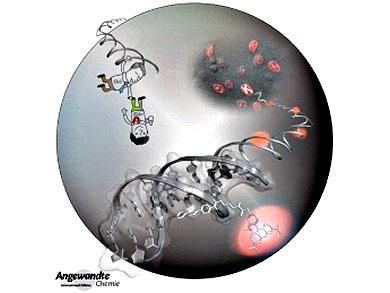
Angewandte Chemie 35/2014: Inspiration and Automation
Overview of the latest issue of Angewandte Chemie

Marijuana in Children’s Hair
Cannabinoids detected in hair samples from children mainly come from contaminated hands or surfaces
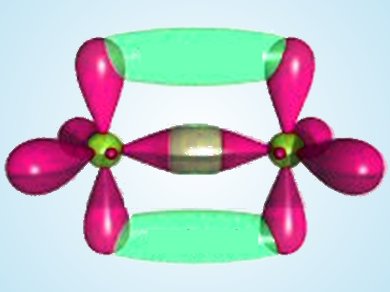
20th Anniversary: Linus Pauling's Death
Linus Carl Pauling is the only person to be awarded two unshared Nobel Prizes; answer to Guess the Chemist (32)
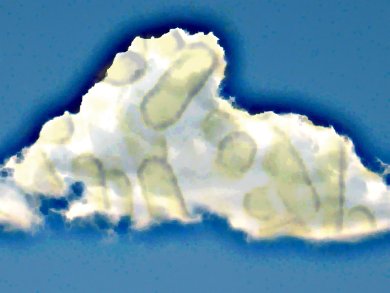
Dust and Microbes Influence Rain
How aerosols impact clouds and regional weather
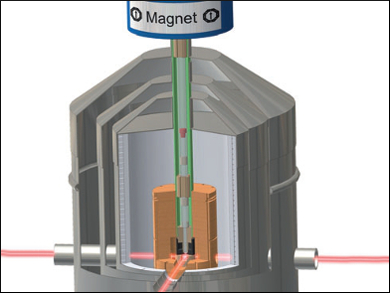
A Step Towards Portable NMR Sensors
A high-sensitivity optical magnetometer can be used as a detector for ultra low-field NMR measurements
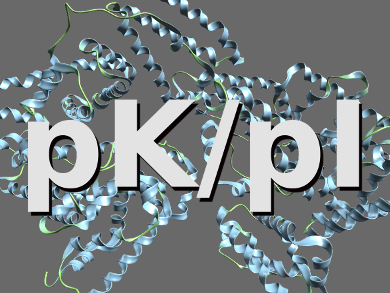
Measuring the pK and pI of Biomolecules Using XPS
A new method based on X-ray photoelectron spectroscopy (XPS) can quantify the dissociation properties of biomolecules